From grandma’s garden - old vegetables are becoming increasingly popular. In this article we show you which ten vegetables you should definitely not miss.

Disappeared from gardens and memories: Many types of vegetables that used to be a part of every bed can hardly be found today. The forgotten vegetables are considered old-fashioned, unsuitable for commercial cultivation, or have simply been driven out by new, more exotic varieties. They are anything but old-fashioned: These ten old vegetables not only bring variety to your garden, they also taste wonderful.
contents
- 10. Beetroot and yellow beets
- 9. parsnip
- 8. Colorful carrots
- 7. May beet
- 6. Swiss chard
- 5. Purslane
- 4. Black radish
- 3. Sugar Loaf
- 2. Turnip
- 1. Salsify
10. Beetroot and yellow beets
Who does not know Beetroot? But did you know that the red field crop is not the only one of its kind? In fact, the beds are also available in yellow, white and even red and white. But it's not just visual
Yellow beetroot a real eye-catcher. It also has a lot to offer in terms of taste, it tastes similar to beetroot, but is not quite as bitter and a bit fruity. It is also very healthy: The tuber contains a lot of iron and folic acid and provides the body with a lot of vitamin B. From mid-April the beetroot or yellow beetroot can be sown in the garden, from July or August it is then ready for the pot.
9. parsnip
In the past, parsnips were one of the most important staple foods, today the root vegetables have disappeared into oblivion. The parsnip as a vegetable or soup is still a culinary delight. Delicately sweet, but also very aromatic, almost everyone likes the parsnip and is also healthy with many E and B vitamins. The parsnip is preferred from March to May and is then allowed to go into the bed, from September it is ready for harvest. Another advantage of these old vegetables: they can stay in the ground all winter and always be freshly harvested. If it gets a bit of frost, it even tastes particularly sweet afterwards.

8. Colorful carrots
Yellow, orange and even purple: even if they are carrot or carrot is probably not one of the forgotten vegetables, some of the old ones Varieties of carrots hardly known anymore. The colorful carrots are real eye-catchers, whether as a salad, vegetables or simply for snacking in between. Incidentally, the colored beets have no other preferences in the bed than their orange counterparts. When buying colored seeds, however, you should be careful: Not all colored carrots come from old varieties. If the package says "F1-Hybride" it is a cross that is not only new, but also not seed-proof. This means that plants grown from the seeds of the F1 hybrid can have very different properties than their predecessors.

7. May beet
Everything is new in May: May beets, also known as navettes, are one of the earliest vegetables in the bed with a harvest time in May. The beets can be sown as early as April, as soon as the beets have reached a diameter of six to eight centimeters, they are ready for the kitchen. There the May beets are real all-rounders: The leaves can be prepared like spinach, serve as a salad or go into the stew. The leaf stalks are prepared as beet stalks in some regions. The root is also edible; it tastes best steamed or cooked. It has a spicy taste that is reminiscent of a mixture of radishes and kohlrabi.
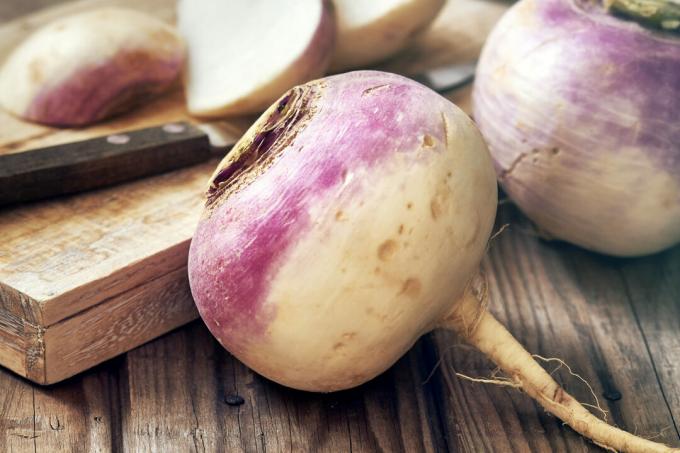
6. Swiss chard
Swiss chard There are two different variations: With the leaf of chard, only the leaves are processed, with the stalked chard, the stems are also eaten. The taste of the Swiss chard is similar to that spinach and is also prepared like this one. But the vegetables are not only delicious - with many minerals and vitamins K, A and E they are also very healthy. The Swiss chard is usually sown in April and can be harvested after two to three months until autumn. By the way, Swiss chard is two years old: after winter the Swiss chard sprouts again and can be harvested again. As soon as it blooms, however, it is no longer edible and has to be cultivated again.
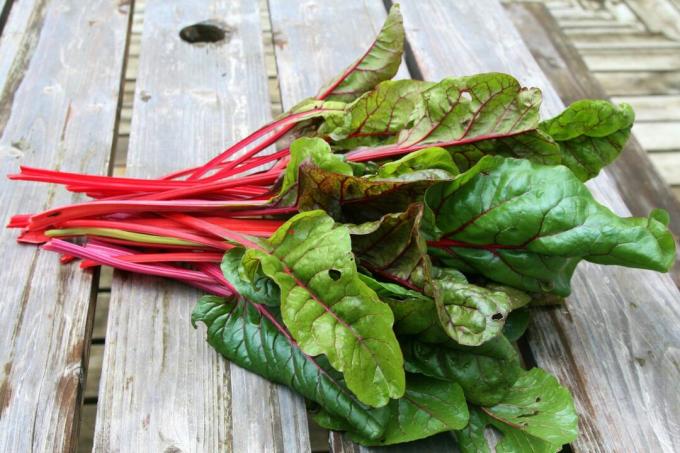
5. Purslane
Vegetables and spices in one: the purslane looks rather inconspicuous, but it has a lot behind its ears. With its nutty, fresh aroma, it not only tastes excellent as a salad or vegetable, soups and sauces also benefit from purslane as a spice. The older leaves taste a bit more bitter than the young ones. The purslane is sown in May and can then be harvested for the first time four weeks later. The harvest time lasts until September, so you can benefit from the delicious herb all summer.
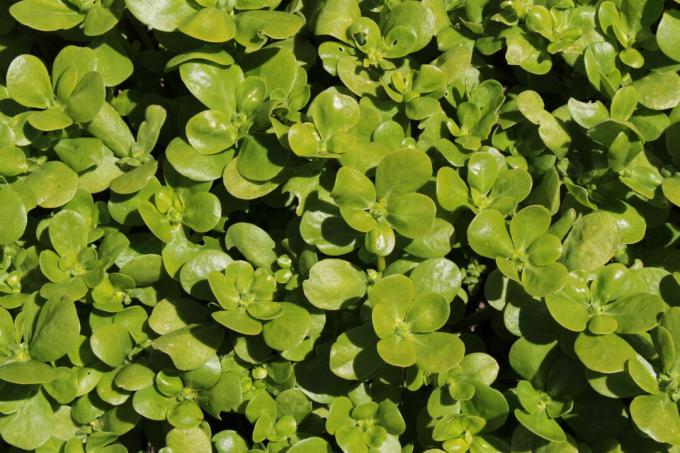
4. Black radish
Black radish, also called winter radish, is sown between July and August and only harvested at the end of September to November. Its taste is much sharper than that of white radish, but it can be steamed a little with boiling or pickling. But it can also be eaten raw if it has to be peeled beforehand. As a classic winter vegetable, the black radish has another special property: Without leaves and wrapped in sand, it can be kept in the cellar for up to six months.

3. Sugar Loaf
Not only Brazil has a sugar loaf - the salad with the strange name used to be at home in many German gardens too. In June the seeds of the Sugar Loaf placed in the ground so that the lettuce is ripe in October. So he belongs like that Lamb's lettuce with winter salads and can be eaten raw or as a vegetable. Its taste is considered to be slightly bitter. If you don't really like the bitter taste, you can use a simple trick: washed under lukewarm water, the sugar loaf loses some of its bitter substances.
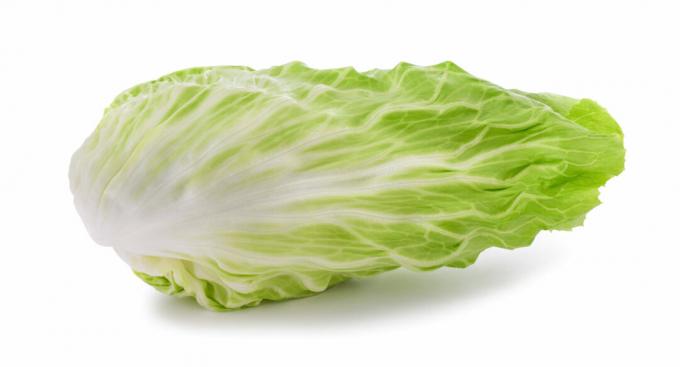
2. Turnip
Yellow like butter or gold: the turnip (also called butter or gold beet) captivates with its deep yellow color at first glance on the plate. Formerly one of the most important foods together with parsnips, butterbeet has also been forgotten by many. In terms of taste, the butter beet is not to be despised; it tastes similar to kohlrabi or carrot, bitter-sweet with a slightly bitter finish. Swede can be sown and harvested in spring like May beets, but can also be grown as autumn beets in August and finally brought in from October to November.
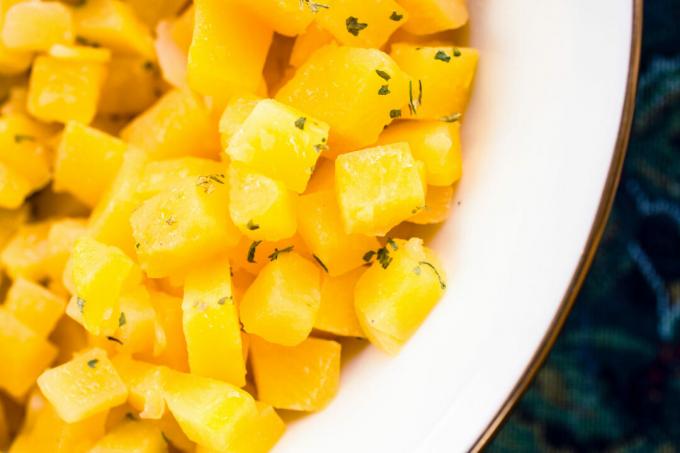
1. Salsify
asparagus for the poor: What sounds mean was a common name for them in the past Salsify. No wonder, after all, not only the taste, but also the external similarity to the “expensive” asparagus cannot be denied. If the black peel of the root is removed, a white pulp comes to light that is reminiscent of asparagus in taste (albeit a little milder). The root vegetables are sown as early as the end of February. The salsify can then be harvested from the end of October to the beginning of April, so that the supply does not stop in winter. The roots usually survive frost and snow undamaged.

When planting vegetables, rely on high-quality organic soil such as our peat-free Plantura Organic tomato & vegetable soil. This will ensure that your plants will feel right at home and produce a bountiful harvest.
If you don't like to wait long for your vegetable harvest, you will find 10 here fast growing vegetables for the garden.



